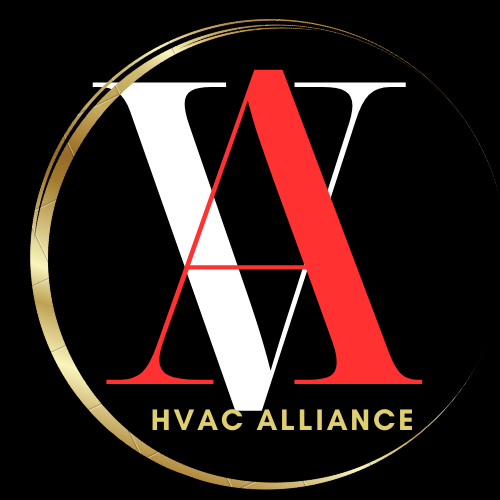
A faulty heat exchanger in a furnace can be a serious issue as it can lead to safety concerns, such as carbon monoxide leaks, and reduced heating efficiency. Here are some signs that may indicate a bad heat exchanger in your furnace:
- Visual Inspection:
- Cracks or Holes: Inspect the heat exchanger visually for any visible cracks or holes. Use a flashlight to carefully examine it. If you see any damage, it’s a clear sign that the heat exchanger is compromised.
- Carbon Monoxide Detector Alarms:
- If your carbon monoxide (CO) detector goes off, especially when the furnace is running, it can be a strong indicator of a leaking or damaged heat exchanger. Carbon monoxide is a dangerous gas that is a byproduct of incomplete combustion.
- Soot or Rust:
- Look for soot or rust around the furnace, particularly near the heat exchanger. These can indicate that combustion gases are leaking, which is a sign of a bad heat exchanger.
- Inconsistent Heating:
- If your furnace is not providing consistent or sufficient heat, the heat exchanger might be the culprit. A damaged heat exchanger can result in inefficient heat transfer.
- Strange Smells:
- Unusual or unpleasant odors, such as a metallic or burning smell, can be a sign of a faulty heat exchanger. These odors can result from overheating or the release of gases due to a damaged exchanger.
- Noisy Operation:
- A damaged heat exchanger may cause unusual noises, such as rattling or popping sounds, when the furnace is running. These noises can be an indication of heat exchanger issues.
- Short Cycling:
- If your furnace frequently turns on and off rapidly, a bad heat exchanger can be the cause. The furnace might be overheating due to a compromised heat exchanger.
It’s important to note that diagnosing a bad heat exchanger can be challenging, and it’s often best left to HVAC professionals who have the expertise and equipment to accurately assess the condition of your furnace. If you suspect a problem with your heat exchanger or experience any of the above signs, it’s essential to have your furnace inspected and serviced by a licensed HVAC technician. Safety is a top priority when dealing with heating systems, so never ignore potential issues with your furnace’s heat exchanger.
